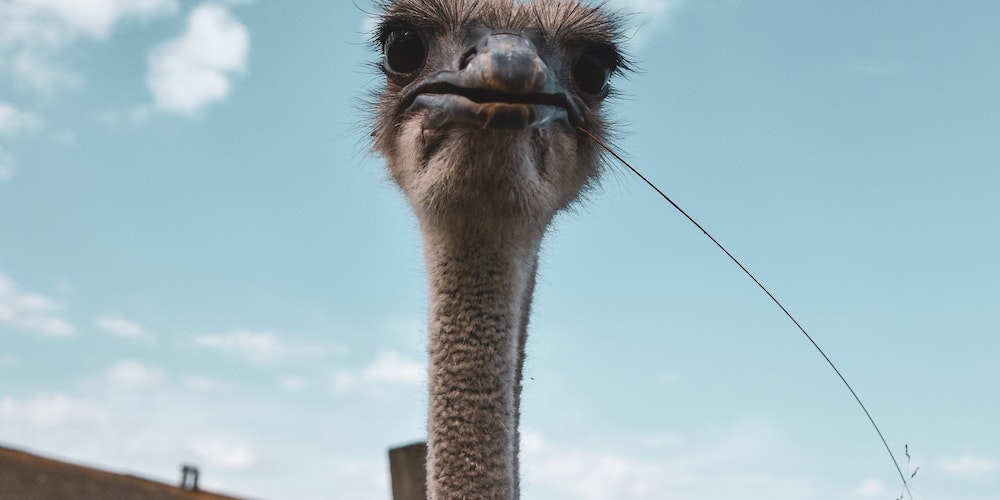Ostrich features are very important as these are used in making ostrich feather boa. The biggest and heaviest living bird is the ostrich. The ostrich was originally referred to as the “camel bird” because to its long neck, large eyes, sweeping eyelashes, and jolting gait, as suggested by its species name, camelus. The ostrich can endure extreme temperatures and survive without water for extended periods of time, much as camels can. This flightless bird is so hefty that it will never be able to fly; instead, it is designed to run. Its robust, lengthy legs can move quickly across huge distances with little effort, and its feet only have two toes. Ostriches can sprint for brief periods at up to 43 mph (70 kph) and sustain a constant pace of 31 mph (50 kilometers per hour). One step may be as long as a room, measuring between 10 and 16 feet (3 and 5 meters). Ostriches can flee from danger quite quickly by sprinting away. At barely one month old, ostrich chicks can sprint at speeds close to 35 miles per hour (56 kilometers per hour)!
Why Do They Have Wings If They Can’t Fly?
Ostriches keep their wings out to aid with balance while running, particularly if they abruptly shift directions. However, together with the tail feathers, their primary function is for courting and displays. An ostrich’s head, wings, and tail feathers are raised to indicate authority, while they are lowered to indicate submission. Ostrich feathers are smooth, soft, and loose in contrast to the feathers of other birds. Ostriches are ” shaggy ” because their feathers don’t connect like other birds. Because ostriches lack the specific gland that many birds have to waterproof their feathers when preening, the feathers may also become wet in the rain. The dramatic black and white feathers on adult male ostriches contrast with the greyish brown feathers on young birds and adult females.
The ostrich population is social, which aids in defense. They can see far away because of their long necks and good eyesight, so at least one of them is sure to see danger in a group. Ostriches may congregate in enormous flocks of 100 or more birds, although most flocks are more minor, generally consisting of 10 or a single male and female. A dominant male who develops and guards a territory leads the group, followed by a dominant female known as the “chief hen” and several lesser females. During mating season, lone males may sometimes appear and go.
Ostriches do not bury their heads in the sand, despite what the common misconception claims! An ostrich will flop to the ground and stay motionless when it detects danger and cannot flee, with its head and neck lying flat on the ground in front of it. The head and neck blend in with the soil hue because of their pale coloring. Hyenas, jackals, and even Egyptian vultures, which smash open eggs by dumping stones on them, are responsible for the loss of some ostrich eggs. However, when a mature ostrich feels threatened, it will strike with a clawed foot that may kick hard enough to kill a lion.

